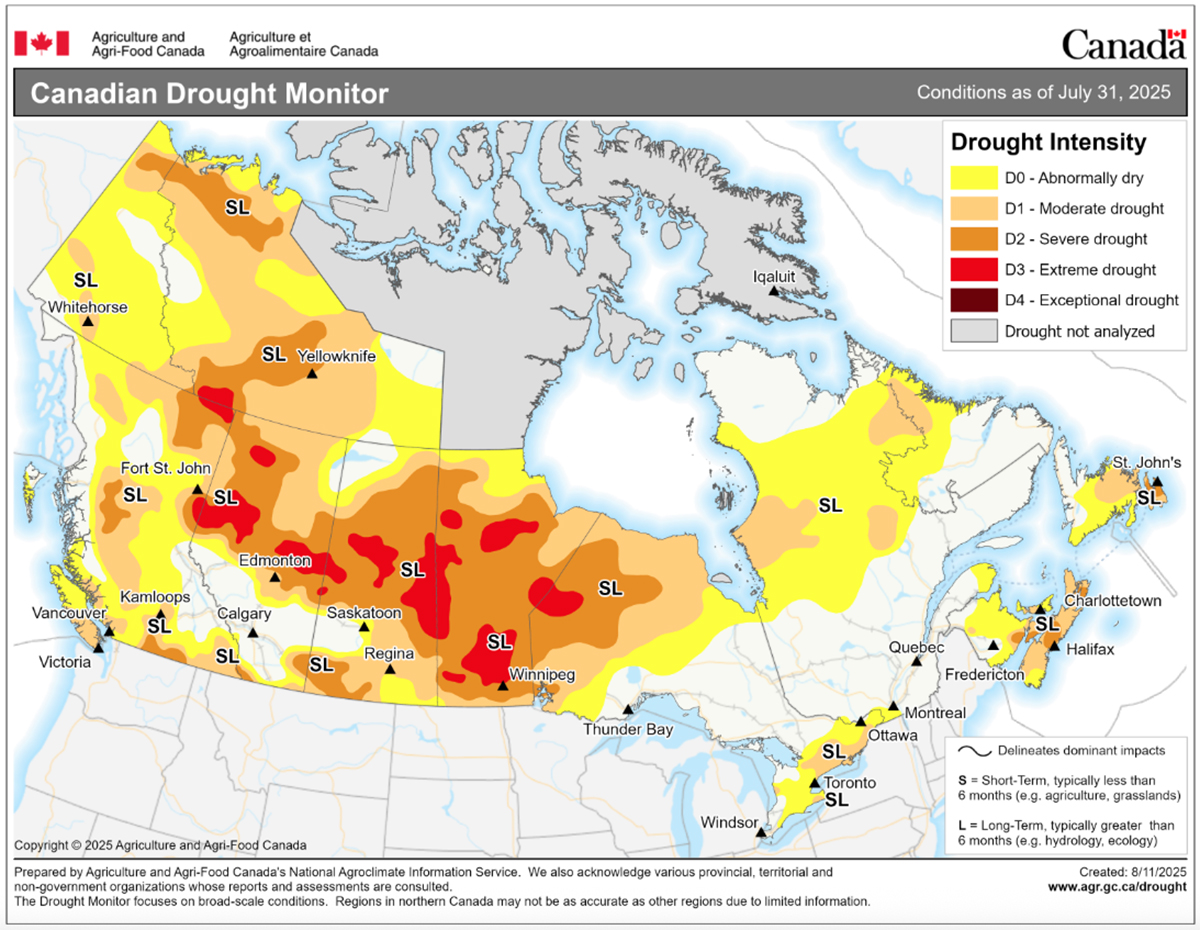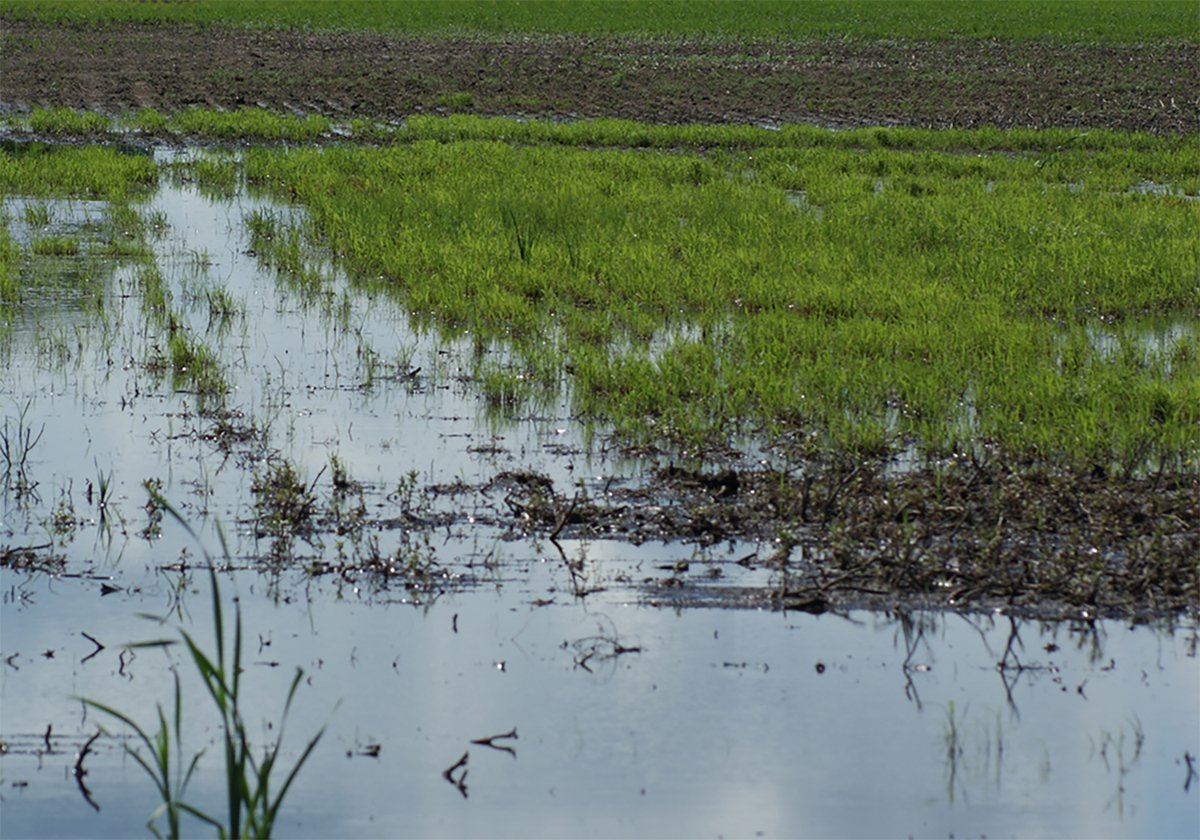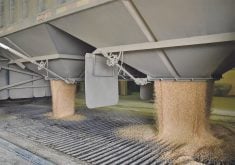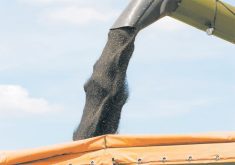It’s another unusual year for precipitation. In many cases, rainfall totals and the resulting crop potential are not what you’d normally expect.
Some years are characterized by drought that severely cuts crop and forage production over localized or large areas. Other years have been so wet that millions of acres went unseeded.
This year, the northern grain belt has been uncharacteristically dry while much of the southern grain belt has gone from normal to below normal growing season precipitation to very wet starting in July.
Read Also

Invigor Gold variety viewed as threat to condiment mustard
Invigor Gold, the canola-quality mustard developed by BASF, is on a collision course with Canada’s condiment mustard industry. It’s difficult to see how the two can co-exist.
Agriculture Canada publishes precipitation maps that can be accessed at www.agr.gc.ca/drought. You can pick the timeframe you want to examine and view maps for accumulated precipitation, precipitation percentiles and per cent of normal.

As we all know, rainfall can vary dramatically over a short distance. A thunderstorm can drop several inches of rain in a cloudburst while a mile away gets only a shower. The maps can’t catch all the deviations, but they do provide a broad perspective.
If you look at the growing season from April 1 to Aug. 4, you’ll see that virtually all of the northern grain belt has recorded below normal precipitation. In fact, parts of the Peace River region, northeastern Saskatchewan and Manitoba’s Interlake are below 40 per cent of normal for the growing season.
Much of the southern grain belt is average to above average, including almost all of the region south of Red Deer and south of Saskatoon. The wettest area for the growing season is around Calgary and east with pockets at 150 per cent of normal. Regina is 60 to 85 per cent of normal. South and east of Regina, precipitation has been about average.
Parts of southwestern Saskatchewan and into Alberta show on the map as having 60 to 85 per cent of normal precipitation. What the map doesn’t show is that much of that region went too long in June with very little rainfall. Many crops had already lost a lot of yield potential by the time rains returned. Some are write-offs.
The precipitation map for the 30 days leading up to Aug. 4 also paints an interesting picture. The entire northern grain belt has been below normal for the past month, with a lot of area at less than 40 per cent. That explains the ongoing wildfires in regions north of the grain belt.
Meanwhile, in the last 30 days, heavy precipitation has occurred in southern Alberta and southwestern Saskatchewan. An area including Calgary, Kindersley, Rosetown, Swift Current and everything south has had more than two times normal.
The late rain is a mixed blessing. It’s improving pasture conditions and helping some later seeded crops. However, it is also leading to potential quality problems in crops that were nearly ready for harvest. Regrowth in crops is also an issue.
Observers trying to come up with crop production estimates are having a difficult time. Even within localized areas, crops can be highly variable, depending upon how much and when it rained and when the crop was seeded. Crop ratings for the northern grain belt seem optimistic, based on the lack of rain.
Crop quality is also difficult to predict, particularly in the south. Will late rain result in fusarium issues in wheat and durum? Will bleaching and sprouting be a problem in lentil crops? The weather for the rest of August and into September will have a big influence on quality, while yields are now largely set.


















